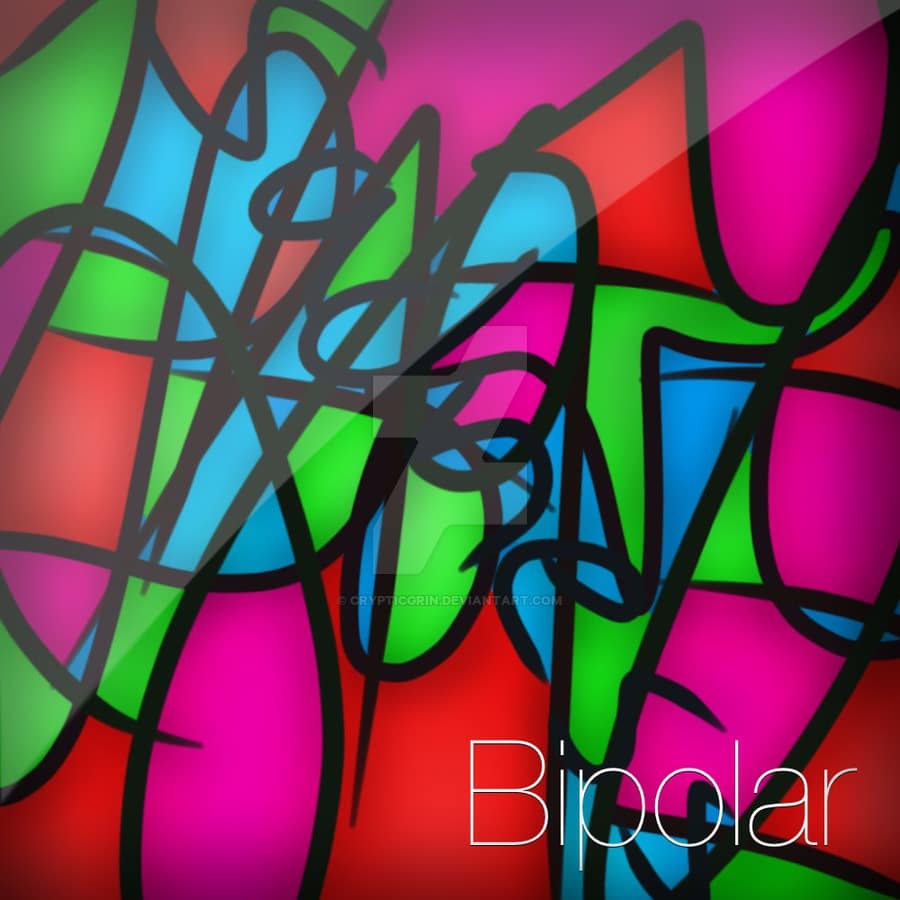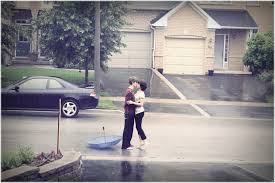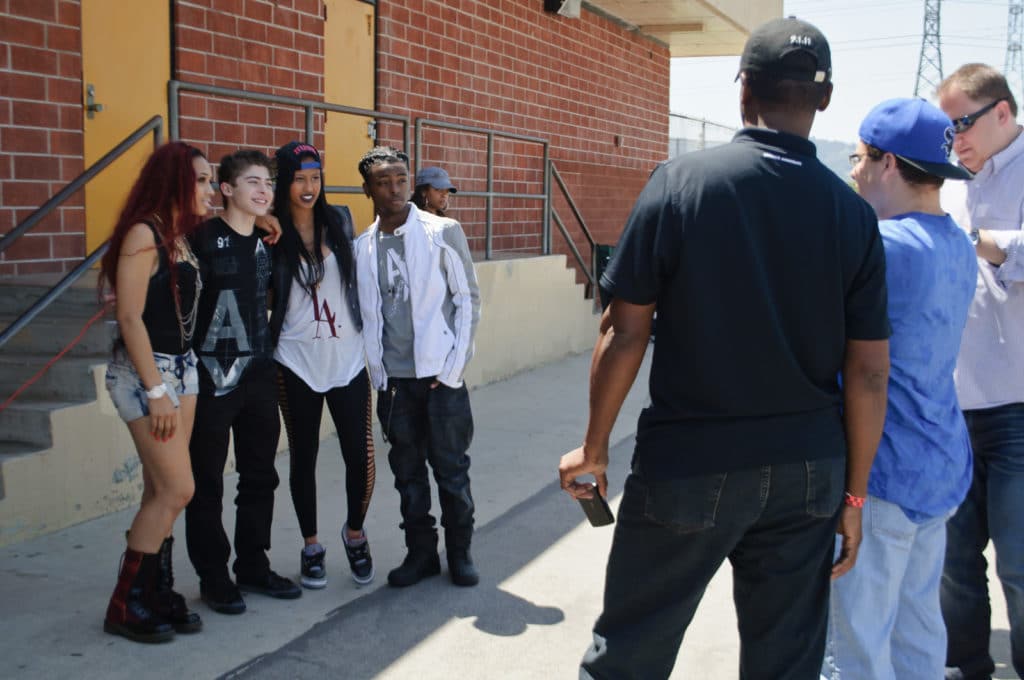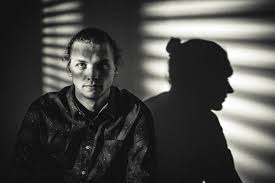When we look at the symptoms of bipolar 1 or bipolar 2, we see symptoms that are a result of unresolved emotional confusion about relationships, uncertainty about one’s place in the culture, and very little control of instinctual drives and emotions. When we move into adulthood and there is little or no guidance; mania and depression can become overwhelming, even debilitating.
Over half of all diagnosed cases of Bipolar 2 are before the age of twenty-five. Arch Gen Psychiatry. 2005 Jun;62(6):593–602.
There is a spectrum of severity with mania and depression.
 Sometimes mania and depression are part of growing up and other times it feels like you’re possessed. Most can admit to a time in their life when they were taken over by moods or obsession with food, alcohol, drugs, sex, etc. Or many get into crazy behavior that could have or did end up very badly. Also, we can experience overwhelming frustration, or feel helplessly stuck emotionally, financially or in our relationships.
Sometimes mania and depression are part of growing up and other times it feels like you’re possessed. Most can admit to a time in their life when they were taken over by moods or obsession with food, alcohol, drugs, sex, etc. Or many get into crazy behavior that could have or did end up very badly. Also, we can experience overwhelming frustration, or feel helplessly stuck emotionally, financially or in our relationships.
Many of the clients I have seen over the years in their teens to late twenties who were starting to show the qualities of Bipolar 1 and Bipolar 2 Disorder were without the right help to make sense of the emotionally painful events in their life; with their family, how to deal with some of their friends and what to do about their future given how trapped they feel. They did not know how to sort out feelings, or relationships, and had a hopelessness about the future.
Therefore, manic behaviors are a way of escaping the confusion and hurt. Depression holds the confusion and hurt in and down. This emotional pain needs some help. It needs to be shared with someone that can be trusted and knows the complexity of these sort of problems These bipolar symptoms subside or are more manageable as a broader view of one’s self is developed and the emotional struggle expressed.
Gradually, there is an awareness of who one’s family is, both healthy and unhealthy, how we are the same and different from our family, and what to do with friend relationships, with love, and with sex. These are actually emotionally very complicated so that is why we could need some help.
An example of this complexity is when you love someone and they treat you badly or you imagine they treat you badly. How do you know the difference and then what to do about it?
Some people will have symptoms into their thirties. This is a time to get help so you can put some of these symptoms to rest. Middle-agers can, also, get caught up in bipolar symptoms. A new time of life is arising and they may not feel prepared for the new paradigm, emotionally and physically.
What is Bipolar 2?
Symptoms of mania or a manic episode include:
Mood Changes
An overly long period of feeling “high,” or an overly happy or outgoing mood
Extreme irritability.
Behavioral Changes
Talking very fast, jumping from one idea to another, having racing thoughts
Being unusually distracted
Increasing activities, such as taking on multiple new projects
Being overly restless
Sleeping little or not being tired
Having an unrealistic belief in your abilities
Behaving impulsively and engaging in pleasurable, high-risk behaviors.
Symptoms of depression or a depressive episode include:
Mood Changes
An overly long period of feeling sad or hopeless
Loss of interest in activities once enjoyed, including sex.
Behavioral Changes
Feeling overly tired or “slowed down”
Having problems concentrating, remembering, and making decisions
Being restless or irritable
Changing eating, sleeping, or other habits
Thinking of death or suicide, or attempting suicide.
For a full description of Bipolar 1 vs. Bipolar 2:
This is an easy test to give you an idea of symptoms and how they apply to you. The next step would be finding a good therapist to help you make decisions about how to best take care of yourself.
What is Bipolar I Disorder?
“defined by manic or mixed episodes that last at least seven days, or by manic symptoms that are so severe that the person needs immediate hospital care. Usually, depressive episodes occur as well, typically lasting at least 2 weeks.”
Simply, Bipolar 1 has more mania than Bipolar 2. I go into this more in the previous post: Mania and the Manic Episode, Symptoms and their Meaning.
We can see that extreme symptoms can be devastating and need care, as well as the underlying struggle.
For example, I have had clients over the years that were trapped in these alternating states of mania and depression. They would be charged up for months, some would work like crazy or gamble like crazy or have many sexual partners.
Then they fell into a depression. They did not want to work because they felt like a dead battery, no inspiration, and guilt for the damage they had just created, ie, gambling debts and sexual activity that backfired.
What is dual diagnosis?
It is helpful to understand this term. It is usually used when addiction is part of the symptom package.
The addiction can get in the way of healing the source of the problem. Therefore, addiction needs to be addressed or little will be accomplished with healing bipolar activity.
From a previous post: Addictions and Substance Abuse Counseling
Why do we prefer sick and tired over health and clarity?
“We prefer sick and tired over health and clarity because it is a known suffering. The unconscious assumption is, “If I really feel and suffer my true feelings, it will be unbearable. I might go crazy or never stop crying.” I have heard many people say this at some point in psychotherapy. The opposite is true of course. The suffering of health and clarity is actually easier than the suffering of addiction.
Addiction counseling is the beginning. It gives guidance and support through the suffering of detoxification. Then, either the addiction counselor or another psychotherapist will help with the underlying suffering that has been the reason to over medicate in the first place.
Addictions are usually strong attachments to the wrong thing. We are not trying to be puritanical about all of this and many times a puritanical or perfectionistic attitude is the underlying addiction; such as, “If only I was smarter, prettier, richer, better, cleaner, faster, and so forth.” The addiction to puritanical, perfectionistic, and exclusive attitudes of ourselves and others gets closer to the primary addiction that is unconscious.
For example, this perfectionistic attitude is usually very unconscious, so the only way we can perceive it is through projecting blame and judgement on others. That is why addictions cause so many problems in relationships. The addictive substance or behavior is a defense against self blame and judgement that needs tenderness and acceptance. Usually, we find a young part of ourself that needs to be included and not required to be someones version of perfect.
Addictions may come and go through life but hopefully we can learn what sort of unhappiness they are repressing. Then, we might work through that unhappiness, whether it be despair, losses of any kind, self image, family issues, and so forth. This working through is the suffering of health and clarity, rather than the suffering of sick and tired. There is suffering in both, but with different results.”
Healing deep wounds is not easy but a sincere effort can make a huge difference. After working with these symptoms they might continue but there can be overall forward motion when effort is made. Traumatic periods in one’s life can be transformed into emotional stability through psychotherapy, medication adjustments, and changes in lifestyle.




